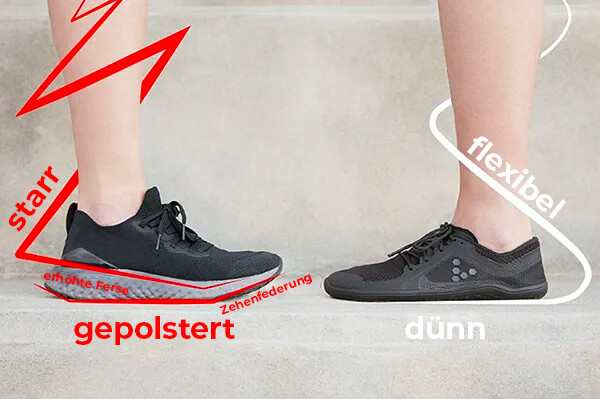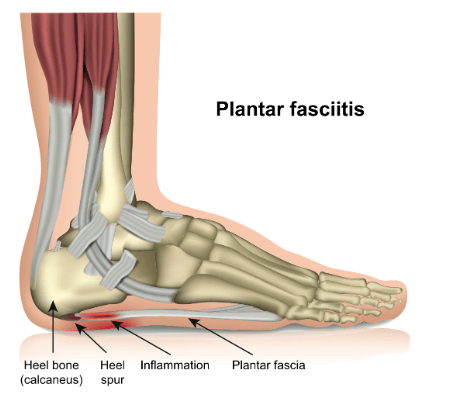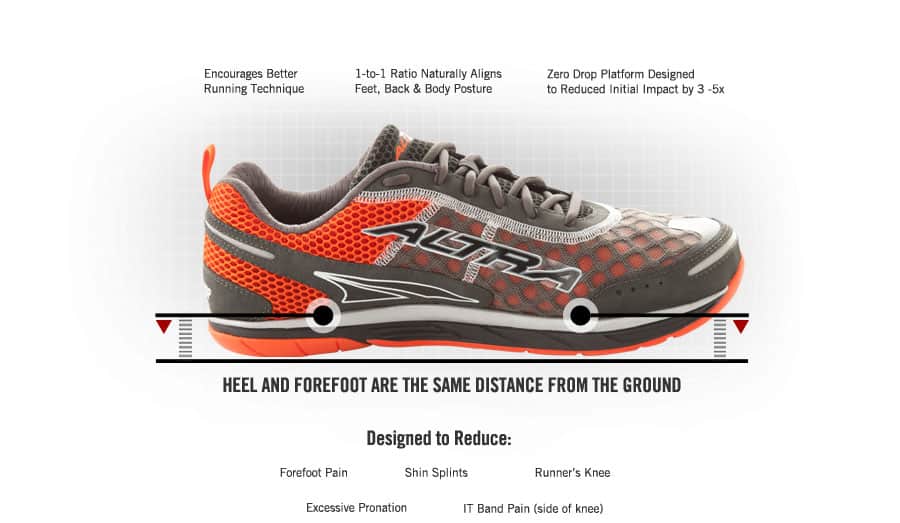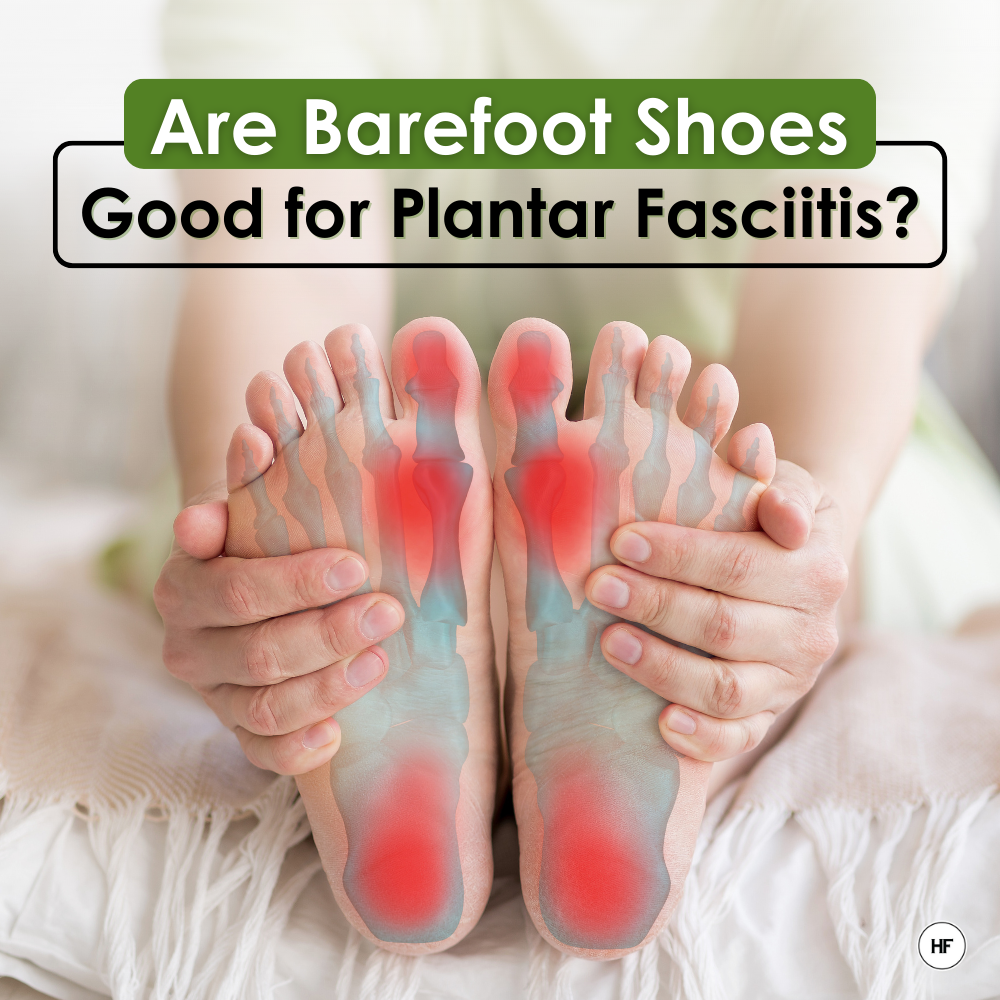Plantar fasciitis is a common and often painful condition that affects many individuals, especially those who lead an active lifestyle. As healthcare professionals, researchers, and footwear designers have explored ways to alleviate the symptoms of plantar fasciitis, zero drop shoes have emerged as a potential solution. But are they really beneficial? In this article, we will dive deep into the relationship between zero drop shoes and plantar fasciitis, examining both the positives and negatives, the science behind them, and local insights that add context.
Understanding Plantar Fasciitis
What is Plantar Fasciitis?
Plantar fasciitis is an inflammatory condition affecting the plantar fascia, the thick band of tissue that runs across the bottom of the foot. Symptoms often include:
- Sharp heel pain, particularly in the morning or after prolonged sitting
- Increased pain after activity
- Stiffness and swelling in the heel area
Causes of Plantar Fasciitis
Several factors can contribute to developing plantar fasciitis, including:
- Overuse or excessive activity, especially in runners
- Obesity or sudden weight gain
- Foot structure issues (such as flat feet or high arches)
- Wearing unsupportive shoes

What are Zero Drop Shoes?
Zero drop shoes are designed to have the same height from heel to toe, meaning there is no elevation at the heel. This design promotes a more natural foot position and strives to encourage a natural gait pattern.
Benefits of Zero Drop Shoes
- Encourages a more natural walking or running style
- May reduce heel and foot pain for some users
- Lightweight and flexible, often appealing for runners
Are Zero Drop Shoes Good for Plantar Fasciitis?

Pros of Using Zero Drop Shoes for Plantar Fasciitis
Many users report positive outcomes when using zero drop shoes for plantar fasciitis due to the following reasons:
| Benefits | Description |
|---|---|
| Natural Foot Alignment | Zero drop shoes promote alignment of the foot and ankle, which can reduce strain on the plantar fascia. |
| Improved Foot Strength | The design encourages the use of foot muscles, potentially increasing their strength over time. |
| Flexibility and Comfort | Many zero drop shoes are designed to be flexible, which can contribute to overall comfort for the wearer. |
Cons of Using Zero Drop Shoes for Plantar Fasciitis
However, zero drop shoes may not be suitable for everyone. Some potential downsides include:

| Drawbacks | Description |
|---|---|
| Adjustment Period | Switching to zero drop shoes may require an adjustment period, leading to discomfort if done too quickly. |
| Lack of Cushioning | Some zero drop shoes may offer less cushioning, which can exacerbate pain for certain individuals. |
| Not Universally Beneficial | Individuals with certain foot conditions may find zero drop shoes uncomfortable or unsuitable. |
How Zero Drop Shoes Compare to Traditional Footwear for Plantar Fasciitis

To better understand the effectiveness of zero drop shoes, it’s helpful to compare them with traditional footwear commonly recommended for plantar fasciitis.
| Feature | Zero Drop Shoes | Traditional Footwear |
|---|---|---|
| Heel Height | 0 mm (flat) | Elevated heel (often 10-20 mm) |
| Cushioning | Varies (often less) | Typically more cushioning |
| Flexibility | Highly flexible | Less flexible |
| Footwear Support | May require a break-in period | Instant comfort for many users |

Research and Studies
Numerous studies have been conducted regarding the effects of different shoe types on plantar fasciitis. For instance, research conducted by the Journal of Foot & Ankle Research demonstrates that footwear can significantly affect the biomechanics of walking and running, thus impacting conditions like plantar fasciitis. Other studies, such as those found in the American Journal of Sports Medicine, have examined injury risk in runners and the role of footwear in injury prevention.

Local Insights: Experiences with Zero Drop Shoes in the USA
The footwear landscape in the USA exhibits a growing interest in minimalist running and walking solutions, especially in states like Colorado and California, where outdoor activities are prevalent. Local running clubs and shoe stores often hold workshops to educate enthusiasts on the benefits of various footwear, including zero drop shoes.

Personal Testimonies
Many users across various online platforms have shared their experiences with zero drop shoes while dealing with plantar fasciitis. The general consensus tends to highlight both the benefits of better alignment and foot strength, as well as the importance of transitioning gradually to prevent discomfort.
Best Zero Drop Shoe Options for Plantar Fasciitis
When considering zero drop shoes, it’s essential to choose options that are specifically designed with features that may alleviate plantar fasciitis symptoms.
Top Zero Drop Shoe Recommendations
- Altra Lone Peak: Known for its wide toe box and cushioning, it is a favorite among trail runners.
- Vivobarefoot Primus Lite: Offers a near-barefoot experience while still providing some level of comfort and support.
- Xero Shoes Prios: Minimalist design with a focus on foot freedom and flexibility, ideal for those transitioning to a zero drop model.
FAQs
1. Can zero drop shoes cause plantar fasciitis?
No, zero drop shoes themselves do not cause plantar fasciitis; however, the transition from traditional footwear to zero drop should be gradual to avoid discomfort.
2. How long does it take to adjust to zero drop shoes?
The adjustment period can vary from a few days to several weeks, depending on individual foot strength and prior experience with different footwear types.
3. Are zero drop shoes suitable for flat feet?
Some individuals with flat feet have found zero drop shoes beneficial, but it is advisable to consult with a podiatrist before making any changes to your footwear.
4. What type of insole is best for zero drop shoes for plantar fasciitis?
A cushioned insole designed for support can enhance comfort in zero drop shoes, especially for those suffering from plantar fasciitis.
Conclusion
Zero drop shoes can be a viable option for individuals coping with plantar fasciitis, with many users reporting significant relief when used appropriately. However, personal comfort is paramount, and transitioning to zero drop footwear should be done thoughtfully to maximize benefits while minimizing the risk of injury or discomfort.
Final Thoughts
As you consider your options for footwear to support your active lifestyle and recover from plantar fasciitis, keep in mind your individual needs and preferences. Engage with local resources, seek advice from healthcare professionals, and stay informed to make the best choice for your foot health.